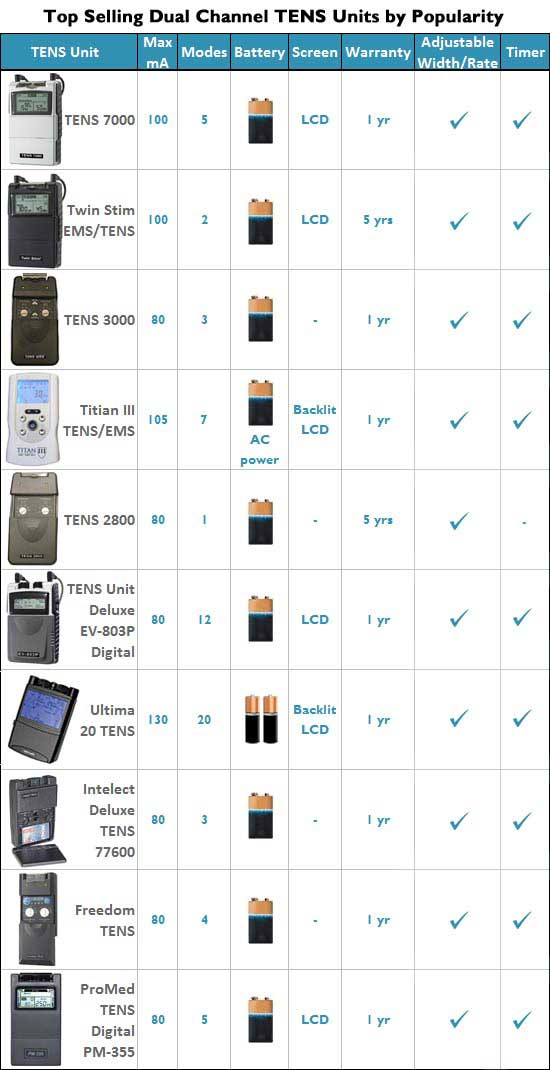The MASS (Maximum Athletic Sport Suit) Suit is the future of athletic training, it is a great workout for weekend warriors to pro-athletes. The MASS Suit is a full body resistance band workout system. The suit can help MMA fighters, football players, boxers, basketball players, bodybuilders, soccer players, rock climbers, golfers, swimmers or even people who are rehabilitating dramatically increase results while decreasing training time.
The patented design is structured to add an extra dimension to any workout routine. Resistance tubes are connected to a central back unit with adjustable bands, making sure that each and every training session is at just the right intensity. The resistance bands are clipped to your hands, elbows, knees and ankles. The training bands can also be detached, so only the lower or upper half is being worked.
Not only is the MASS Suit extremely adjustable, it is also really comfortable. The resistance cords won't get in the way and the central back unit doesn't feel bulky or painful while doing floor exercises. It can also be completely submerged under water, so pool workouts can be intensified as well.
Made of neoprene and breathable web cloth, the MASS suit is one size fits all -- regardless of weight, height or gender. The whole suit can be worn underneath sweats or over clothes. It can also be worn with or without shoes/cleats.
Everything from speed, power, agility, strength, endurance, stability, fast twitch muscles, muscle memory and breathing is being tested. Versatile, mobile, powerful, comfortable and effective, the MASS Suit is ideal for anyone who wants to get the most out of their training sessions.






